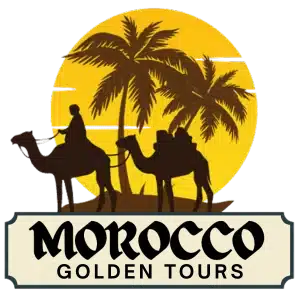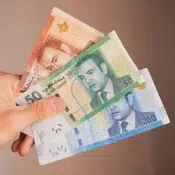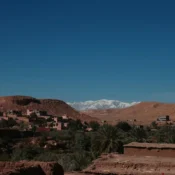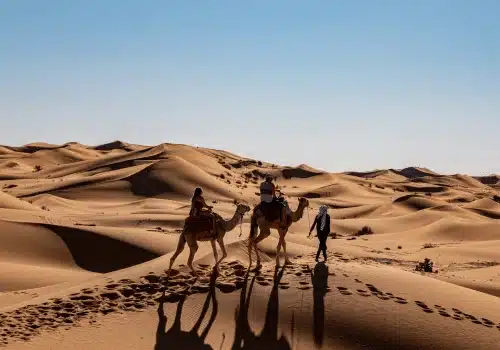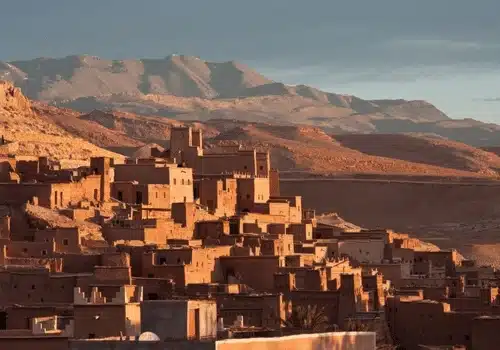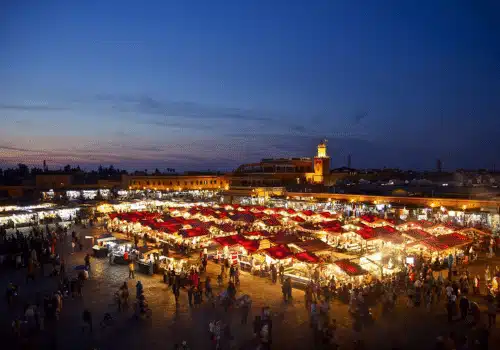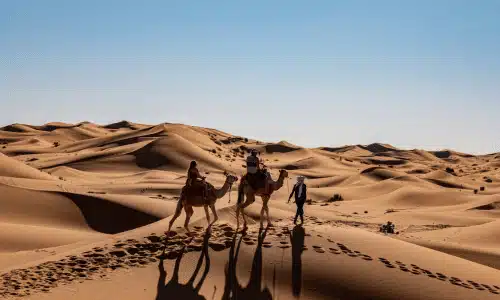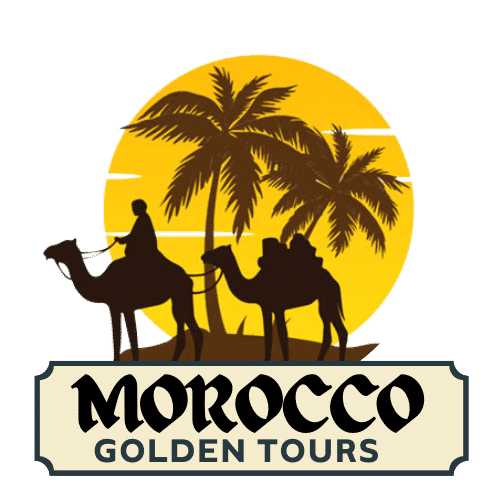Berber Moroccans: The Heart of Morocco’s Culture

Who Are the Berber Moroccans?
If you travel across Morocco, you will hear different languages, see different clothes, and taste many dishes. But there is one group of people who have lived here for thousands of years. These people are the Berber Moroccans. You may also hear them called the Amazigh people. The word Amazigh means “free people.”
Berber Moroccans are the original people of North Africa. They lived in this land long before the Arab conquests. They have a strong history and deep roots. Today, they live in Morocco, Algeria, Tunisia, and other nearby areas. You can still see their old way of life in the villages and mountains.
Table of Contents
Where Is Morocco Located?
You may wonder where Morocco is. Morocco is in North Africa. It is close to Algeria and the Atlantic Ocean. The country also touches the Mediterranean Sea.
Because of this location, Berber Moroccans had contact with many cultures. These include the Romans, Arabs, and French.
The land helped shape Berber tribes. People living in the mountains had a quiet life. Others near the sea or desert joined trade routes. This made the Berber culture rich and full of stories.
The History of Berber Moroccans
Berber Moroccans have been here for a very long time. Their story begins many thousands of years ago. Long before Morocco became a country, Berber tribes lived in the desert, the valleys, and the mountains. They were the main inhabitants of North Africa.
Their first kingdoms started before the Roman Empire. These were the Berber dynasties. Some joined with the Romans. Others fought back. Later, the Arab conquests changed their life. Islam came to the land, and many Berbers became Muslim.
Still, they kept many parts of their old life. Even today, you can see their dress, hear their music, and visit their homes in the High Atlas and the Sahara Desert.
The Berber Languages
One of the most special parts of Berber Moroccans is their language. You may not know this, but Berber languages are still spoken by millions of people. These languages are old. They have been passed from parent to child for thousands of years.
There are three main Berber languages in Morocco:
- Tamazight
- Tachelhit
- Tarifit
Each one is spoken in a different part of the country. You may hear Tamazight in the Middle Atlas. Tachelhit is spoken in the High Atlas and the south. Tarifit is spoken in the north, near the Rif mountains.
The Moroccan government now says that Tamazight is an official language. Schools now teach it. TV and radio also use it more. This helps protect the Amazigh culture.
Life in the Atlas Mountains
If you want to meet Berber Moroccans, go to the Atlas Mountains. Life here is simple and quiet. People grow food and take care of animals. Homes are made of stone and clay. Many villages are hard to reach. Some are only reachable by foot or mule.
In these villages, you will see the true life of the Berber peoples. Women wear bright clothes. They also wear silver jewelry. Men work in the fields or guide travelers. The community shares work and food.
You can stay with a Berber family. You will eat fresh bread, drink mint tea, and hear stories from long ago. The mountains hold the soul of the Berber culture.
Traditions and Festivals
Berber Moroccans have many old traditions. These are passed from the past to the present. One big event is the Amazigh New Year. It is called Yennayer. It happens in January. Families eat special meals, wear traditional clothes, and sing songs.
You may also see dances like Ahidous. This dance has music and singing. People stand in a circle and clap their hands. It is full of joy and energy.
Weddings are also very special. They last many days. There is music, dancing, and beautiful clothes. The bride may wear bright colors and heavy silver jewelry. These customs show the strong Amazigh culture.
The Role of Berber Women
Berber Moroccans respect women. In many villages, women are leaders in their homes. They also keep the culture alive. They teach the language to their children. They make clothes, rugs, and pottery.
Many women work in groups to sell their goods. These are called cooperatives. This helps them earn money and support their families. Some women are also teachers, nurses, and leaders in their communities.
In Berber culture, women are strong and important. They help the tribe grow and stay together.
Food from the Berber Kitchen
You will love Berber food. It is made with fresh items. Many dishes are cooked slowly to keep the flavor.
Here are some popular dishes:
- Couscous with vegetables
- Lamb tagine with prunes
- Barley bread
- Amlou (a mix of almonds, honey, and argan oil)
Most of the food comes from the land. People use herbs and spices from the mountains. Meals are often eaten with the hands. You share from one big plate. This shows the value of family and community.
Berber Moroccans in Today’s World
Today, Berber Moroccans live in cities and towns too. They go to school, work in offices, and use the internet. Still, they keep their identity.
Many young people are learning the Berber languages again. Music and films now use the Amazigh language. There are books and websites in Tamazight. This is part of the new pride in being Amazigh.
There are over 30 million Berber people across North Africa. In Morocco, many people have Berber roots. Even if they don’t speak the language, they share the same culture.
Places to Visit and Learn More
If you want to learn more about Berber Moroccans, there are many places to go.
- Ait Ben Haddou: An old Berber village made of clay.
- Imlil: A village in the High Atlas Mountains.
- Chefchaouen: A blue city with Amazigh roots.
- Merzouga: A town near the Sahara Desert.
In these places, you will meet Berber people. You will see their homes and eat their food. You will hear their language. You will feel their warm welcome.
Problems and Challenges
Even though Berber Moroccans have a rich culture, they face many problems. Some villages have no schools or hospitals. Others have few jobs. This makes young people move to cities.
There are also problems with language. For a long time, Berber languages were not in schools. Many people forgot how to speak them. Now, the government is trying to fix this.
Some groups want more rights for Berber Moroccans. They ask for more schools, better roads, and more support for the culture. These changes take time.
The Future of Berber Culture
The future looks brighter. More people are learning about the Berber tribes. Schools now teach the language. Festivals are more popular. Tourists visit Berber villages to learn and help.
You can also help. When you travel to Morocco, choose to visit Berber towns. Buy crafts made by Amazigh women. Learn a few words in Tamazight. These small things show respect.
Berber Moroccans have lived here for thousands of years. With your help, their culture can live for thousands more.
FAQs About Berber Moroccans
Are Berber Moroccans Arab?
No, Berber Moroccans are not Arab. They are the original people of North Africa. But many speak Arabic today.
What language do Berber Moroccans speak?
They speak Berber languages like Tamazight, Tachelhit, and Tarifit. Tamazight is now an official language in Morocco.
Where do most Berber Moroccans live?
Many live in the Atlas Mountains and the Sahara Desert. Some also live in cities.
What is Amazigh culture?
It is the way of life of the Berber peoples. It includes language, dress, food, music, and more.
How can I learn more about Berber Moroccans?
Visit Morocco. Talk to the people. Join a tour. Read about the history of North Africa. Learn a few words in Tamazight.
Final Thoughts
Now you know more about Berber Moroccans. You know they are strong, proud, and full of history. You know they live in the mountains, deserts, and cities. You know they speak old languages and follow old ways.
You can help keep their culture alive. Share what you learn. Visit their towns. Buy their crafts. Learn their words.
If you want to explore more or plan a visit, go to our site: www.moroccogoldentours.com
We offer trips that let you meet Berber Moroccans and see the real Morocco. Come with us and feel the heart of the country.
